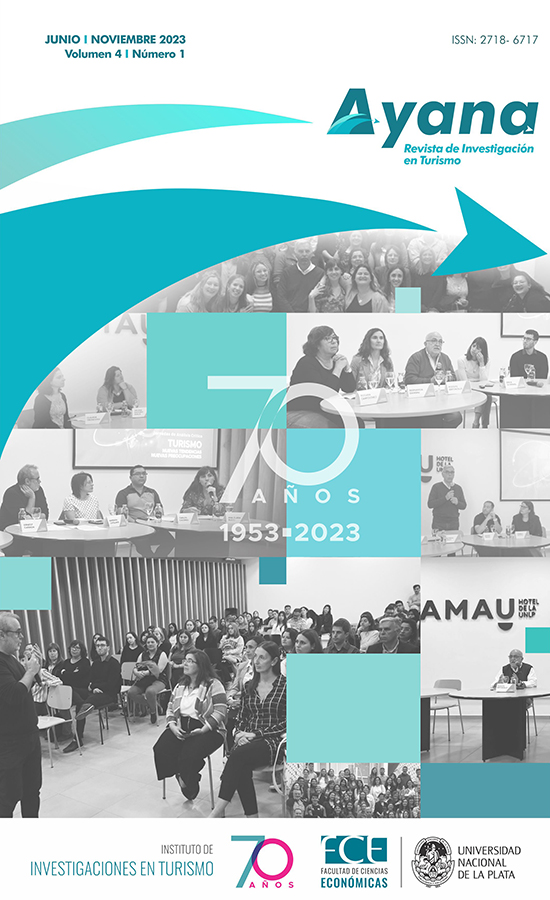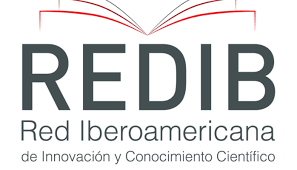Editorial
Keywords:
editorialAbstract
The publication of the first number of the fourth volume of "Ayana. Revista de Investigación en Turismo" is being published in the year in which the 70th anniversary of the creation of the Faculty of Economic Sciences of the National University of La Plata is being commemorated. This number includes, on the one hand, the debates and reflections that took place in the Conference on "Critical Analysis in Tourism: New Trends, New Concerns" organised by the Tourism Research Institute (Faculty of Economic Sciences, National University of La Plata), the Tourism and Territory Group (Faculty of Philosophy and Literature, University of Buenos Aires) and Alba Sud (Centre for Research and Communication for Development, based in Barcelona), in October 2022. And, on the other hand, articles that were accepted for the regular issue of the journal.
Downloads
References
Cañada Mullor, E. (2023). Tensiones entre exclusión e inclusión en el desarrollo turístico, un cambio de perspectiva. Ayana, Revista De Investigación En Turismo, 3(2), 037. https://doi.org/10.24215/27186717e037
Downloads
Published
How to Cite
Issue
Section
License
Copyright (c) 2023 Erica Schenkel, Andrés Pinassi

This work is licensed under a Creative Commons Attribution-ShareAlike 4.0 International License.
Those authors who have publications with this journal, agree with the following terms:
a. Authors will retain its copyright and will ensure the rights of first publication of its work to the journal, which will be at the same time subject to the Creative Commons Atribución-NoComercial-SinDerivadas 4.0 Internacional (CC BY-NC-ND 4.0) allowing third parties to share the work as long as the author and the first publication on this journal is indicated.
b. Authors may elect other non-exclusive license agreements of the distribution of the published work (for example: locate it on an institutional telematics file or publish it on an monographic volume) as long as the first publication on this journal is indicated,
c. Authors are allowed and suggested to disseminate its work through the internet (for example: in institutional telematics files or in their website) before and during the submission process, which could produce interesting exchanges and increase the references of the published work. (see The effect of open Access)

























